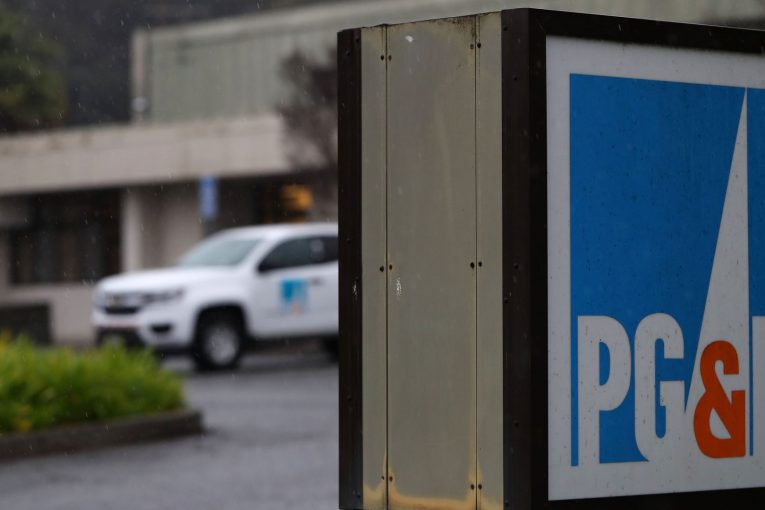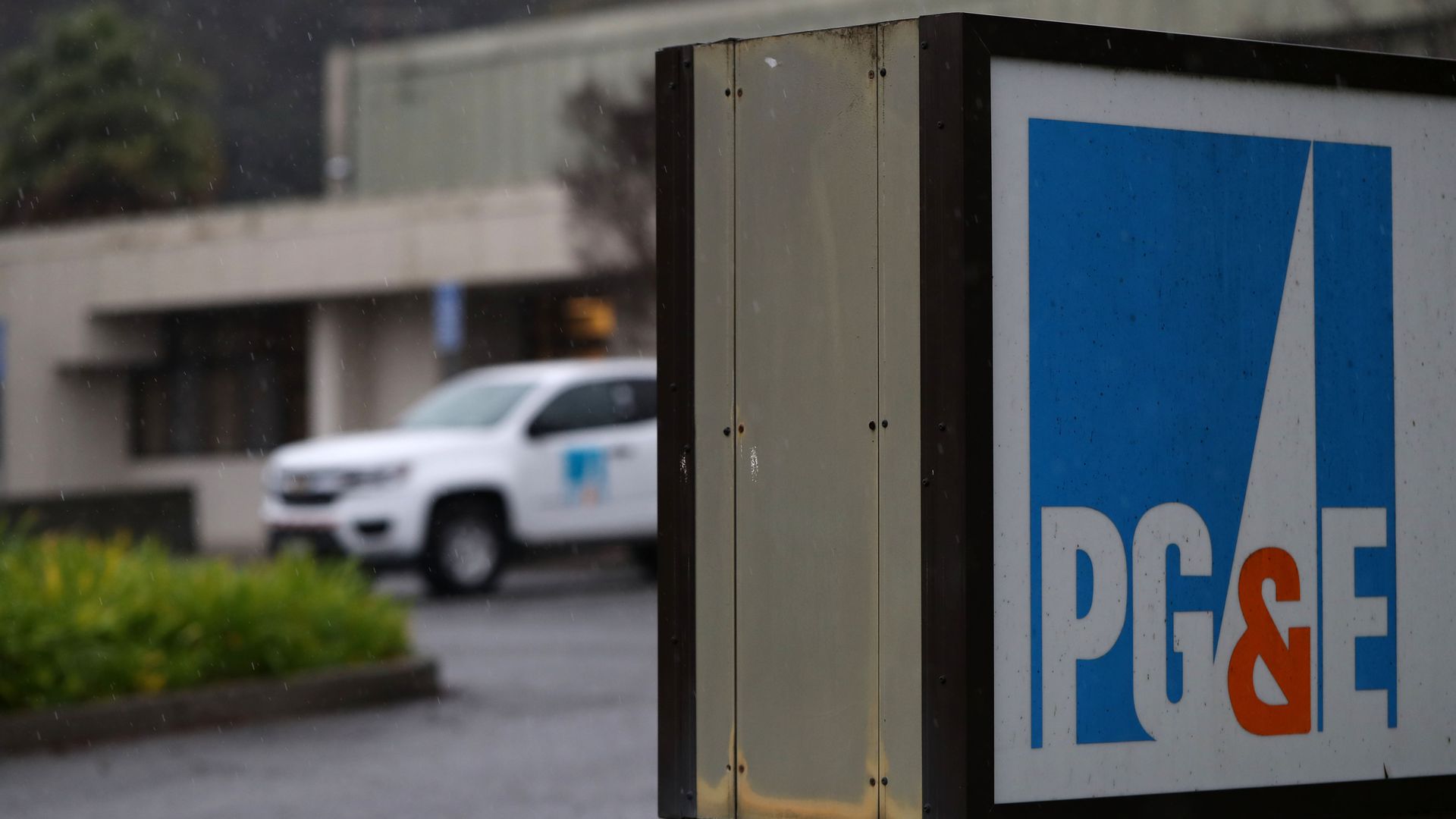
 (From Press Release) – The Valley Clean Energy (VCE) Board of Directors — composed of elected officials from Woodland, Davis, and Yolo County — is studying the potential acquisition of PG&E distribution facilities in Yolo County as a way to provide safer, cleaner, more reliable and affordable electricity service to its customers.
(From Press Release) – The Valley Clean Energy (VCE) Board of Directors — composed of elected officials from Woodland, Davis, and Yolo County — is studying the potential acquisition of PG&E distribution facilities in Yolo County as a way to provide safer, cleaner, more reliable and affordable electricity service to its customers.
PG&E’s recent bankruptcy filing provides an opportunity for a fresh look at how electricity is delivered.
The decision to explore options to provide electric distribution service is not unique to VCE — the city of San Francisco and the South San Joaquin Irrigation District (SSJID) in the greater Manteca/Ripon/Escalon area are doing the same.
In June, after 15 years of fighting for local control, the mayors of Manteca, Ripon and Escalon authored a letter asking for support from Gov. Gavin Newsom. The governor’s appointed Energy Strike Force wrote in its April 12, 2019, report, “After years of mismanagement and safety failures, no options can be taken off the table to reform PG&E, including municipalization of all or a portion of PG&E’s operations…”
The PG&E bankruptcy affords an ideal opportunity to determine whether a “public power” electric service approach might provide greater control, benefits and safeguards to California communities.
“Exploring the feasibility of this option is the responsible thing to do for our customers,” said VCE Board Chair Tom Stallard, a member of the Woodland City Council. “And the timing of this opportunity is unique. If we find a practical path forward, transferring PG&E’s poles and lines could mean a safer electricity system and benefits for both customers and the environment — it could bring a real sea  change in local power provision.”
change in local power provision.”
While the cost and responsibility of operating and upgrading electrical distribution lines is significant, there are many proven examples showing it is practical for public ownership of power facilities. There are currently 54 public power utilities in California serving almost a third of Californians. VCE will evaluate the benefits and risks of public ownership, as well as possible governance options.
Lucas Frerichs, VCE Board member and Davis City Council member, stated, “Although the structures of various public power utilities may differ, their objectives are always the same: achieving greater control over system safety, investment in equipment upgrades, transparent public governance, and rate stability to benefit all power consumers.”
VCE currently provides more than 90 percent of the electrical generation needs in Woodland, Davis, and unincorporated Yolo County. But customers still must pay PG&E for the distribution of that power to their homes and businesses.
Having full control over both electricity distribution and generation could help achieve VCE’s stated goals of providing cost-competitive clean energy, product choice, increased energy efficiency and price stability.
VCE’s exploratory process will weigh costs and benefits of public power and assess risks that may be associated with ownership of the local distribution system. It is possible to reduce and better control risk by removing the private profit motive and using profits otherwise distributed to PG&E shareholders for reinvestment in the safety of local electric power.
Regular updates on VCE’s feasibility study will be provided at the agency’s board meetings where the board encourages public input. For more information about VCE or the feasibility study, visit www.ValleyCleanEnergy.org.

This will be an interesting story to follow as it unfolds. PG&E has a long history of overstating the value of its infrastructure when confronted with public power advocates trying to take over the local portions of the grid. All the while underinvesting in that same grid and depreciating its assets for tax purposes. It makes perfect sense for them to do all three of these things at once to maximize the return for shareholders. Therefore the difference between the stated value of their depreciated assets and the estimated value of those same assets for sale will likely be enormous.
Discovery of the true value of the local grid will therefore be a hard part of this process and the devil will be in the details. I hope the Vanguard keeps a close eye on this process to make sure that the disinfectant effects of daylight makes sure the customers aren’t taken advantage of by either the beauracrats or corporatists.
All good points… hope all the board (and management staff) has their Form 700’s current… suggest they be made public…
Wondering if the primary motivation behind these type of efforts is to ensure that local energy customers don’t have to pay for the enormous liabilities that PG&E is facing, elsewhere.
If I’m not mistaken, PG&E is not allowed to charge the full cost of providing services in more remote areas. Rates are standardized. (Same with landlines.) In other words, those who live in urban areas subsidize some of the cost to serve more remote areas.
I believe this has been true to some degree for insurance rates, as well. There’s probably other, similar examples.
I wonder what will occur in more remote areas, if those customers have to pay full cost for energy and other services. (Regardless of whether or not it’s provided by PG&E.)
1. There is data available on PG&E’s infrastructure (somewhat dated) in Yolo from the previous SMUD annexation effort, so VCEA will have a pretty good idea of the book value of the assets. There will be a dispute over whether to use the net income (PG&E’s preference), depreciated book value (SMUD’s earlier preference), replacement cost new less depreciation (the standard often used by the CPUC), or another approach.
2. The new utility may be able to escape some liabilities, but the just passed AB 1054 imposes some of those on a new muni. (I have not yet looked at the particulars on that.)
3. Yolo’s service costs are probably not too different from the system wide average, and the assets are fairly old because most of the growth occurred in the 1990s and early 2000s vs the rest of PG&E’s system. So we probably have depreciation in our favor. The high cost areas are in the foothills and the new suburbs. (I see the data when I testify in PG&E’s rate cases.)
4. VCEA will be leaving behind the gas assets.
5. There are opportunities for a number of innovative approaches, but I won’t share them here as PG&E can read this posting….
Interesting comment.
Also, since you mentioned AB 1054, I decided to see what I can find about this, online. Here’s one article/opinion piece:
https://www.latimes.com/opinion/editorials/la-ed-wildfire-fund-rush-20190710-story.html
“Yolo’s service costs are probably not too different from the system wide average, and the assets are fairly old because most of the growth occurred in the 1990s and early 2000s vs the rest of PG&E’s system.”
I think in my neighborhood the poles are as old as the houses, that would be around fifty years. I imagine PG&E has taken the view that eventually they would get taken out of Davis by public power and has invested as little as possible here over the years.